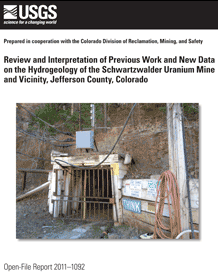The Diablo Canyon Power Plant is located near San Luis Obispo in southern California on the Pacific Coast. The plant has two one thousand one hundred Westinghouse pressurized water nuclear reactors. Unit One was commissioned in 1985 and Unit Two was commissioned in 1986. The plant is owned and operated by Pacific Gas & Electric. In 2009, PG&E applied for a twenty year extension of the licenses for the reactors.
The population in the NRC plume exposure pathway zone with a radius of ten miles around the plant contains about twenty six thousand people. The NRC ingestion pathway zone with a radius of fifty miles around the plant contains about four hundred and sixty five thousand people. The NRC estimates that there is a high risk of an earthquake that could damage the plant. The plant was originally designed to withstand a six point seven five earthquake but was upgraded to withstand a seven point five earthquake.
Construction of the plant began in 1968. By the time the plant was completed in 1973, a new fault had been discovered several miles offshore in the area of the plant. The fault was capable of generating earthquakes beyond the level of quake that the plant had been designed to withstand. New plans were drawn up to upgrade earthquake resistance and the work was carried out. After the changes were made, it was discovered that the plans for hardening in reactors were supposed to be reversed for the second reactor but the second reactor was reinforced exactly as the first had been. This meant that some parts of the second reactor were unnecessarily reinforced but other parts that needed to be reinforced were not reinforced. After consideration, the NRC did not require that the work on the second reactor be redone.
In 2000, a failed electrical conductor caused a fire that cut off the power to the coolant and water circulating water pumps that are necessary to keep the core from overheating. A safety review by the NRC in 2010 found that the Diablo Canyon plant operated for a year and a half with some important emergency systems disabled because of repairs of valves that “would open fast enough.” The improper repairs led to an even worse situation which was not detected by tests that should have identified the new problems.
Following the Fukushima disaster, PG&E requested that the NRC suspend the extension of the licenses applied for in 2009 until the company had had the opportunity to conduct more studies on the subject of earthquake and flooding threats.
At Diablo Canyon, there were design problems, oversight problems, bad repairs, non-functional emergency systems and all these happening in a plant on an ocean coast in an earthquake zone similar to the situation at Fukushima before disaster struck.
Picture from Doc Searls of Santa Barbara, California.

